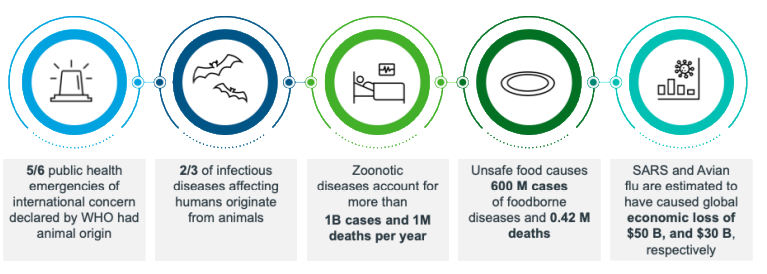7667766266
enquiry@shankarias.in
Recently “Animal Health Security Strengthening in India for Pandemic Preparedness & Response” initiative has been launched by the Indian government under Pandemic Fund Project.

G20 Pandemic Fund was created by G20 countries under Indonesian presidency in 2022 to assist low-and middle-income countries in strengthening their capacities to identify, report and contain future pandemics.
 Quick facts
Quick facts
2019 Livestock Census